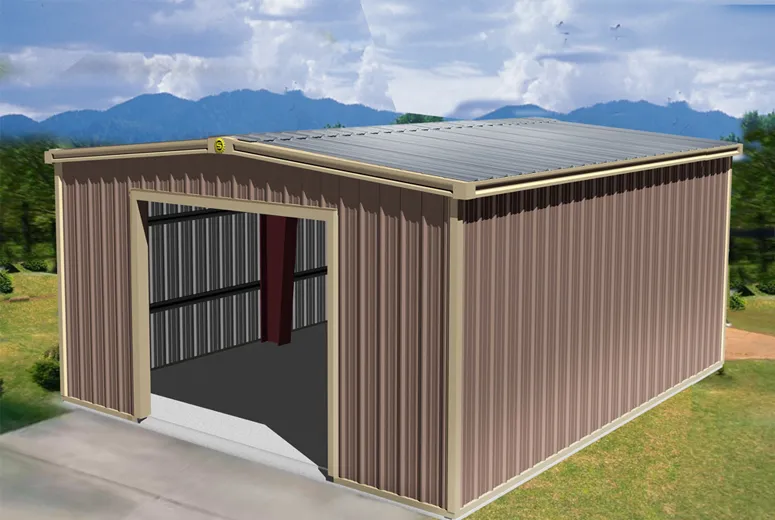- Afrikaans
- Albanian
- Amharic
- Arabic
- Armenian
- Azerbaijani
- Basque
- Belarusian
- Bengali
- Bosnian
- Bulgarian
- Catalan
- Cebuano
- Corsican
- Croatian
- Czech
- Danish
- Dutch
- English
- Esperanto
- Estonian
- Finnish
- French
- Frisian
- Galician
- Georgian
- German
- Greek
- Gujarati
- Haitian Creole
- hausa
- hawaiian
- Hebrew
- Hindi
- Miao
- Hungarian
- Icelandic
- igbo
- Indonesian
- irish
- Italian
- Japanese
- Javanese
- Kannada
- kazakh
- Khmer
- Rwandese
- Korean
- Kurdish
- Kyrgyz
- Lao
- Latin
- Latvian
- Lithuanian
- Luxembourgish
- Macedonian
- Malgashi
- Malay
- Malayalam
- Maltese
- Maori
- Marathi
- Mongolian
- Myanmar
- Nepali
- Norwegian
- Norwegian
- Occitan
- Pashto
- Persian
- Polish
- Portuguese
- Punjabi
- Romanian
- Russian
- Samoan
- Scottish Gaelic
- Serbian
- Sesotho
- Shona
- Sindhi
- Sinhala
- Slovak
- Slovenian
- Somali
- Spanish
- Sundanese
- Swahili
- Swedish
- Tagalog
- Tajik
- Tamil
- Tatar
- Telugu
- Thai
- Turkish
- Turkmen
- Ukrainian
- Urdu
- Uighur
- Uzbek
- Vietnamese
- Welsh
- Bantu
- Yiddish
- Yoruba
- Zulu
Dec . 03, 2024 17:44 Back to list
Metal Beam Construction A Pillar of Modern Engineering
Metal beam construction has become an essential element in modern engineering and architectural design, offering a blend of strength, versatility, and efficiency that is indispensable in various construction projects. Metal beams, typically made from steel or aluminum, serve as the backbone of many structural applications, enduring high loads and providing stability in diverse environments.
The Importance of Metal Beams
Metal beams are central to the structural integrity of buildings, bridges, and other infrastructures. Their high strength-to-weight ratio allows architects and engineers to design large spans without the need for excessive support columns. This advantage not only enhances the aesthetic appeal of a project but also maximizes usable space within a structure. For instance, in commercial buildings, open floor plans can be achieved with fewer interruptions from columns, making it easier to configure spaces as needed.
The durability of metal beams is another significant aspect. They can withstand various environmental stresses, including extreme weather conditions, fire, and corrosion, especially when treated or coated appropriately. Galvanized steel beams, for example, can resist rust and physical degradation, making them a preferred choice for coastal and industrial installations.
Types of Metal Beams
There are several types of metal beams commonly used in construction, each with its unique properties and applications
1. I-Beams These are perhaps the most recognized type of metal beam, characterized by their I shape. They are widely used in building frames and bridges due to their high bending resistance and structural efficiency.
2. C-Beams Shaped like the letter C, these beams are often used in situations where structural support is needed without the full depth of an I-beam. They are commonly employed in frames and other applications where lateral support is not the primary concern.
metal beam construction

4. Box Beams These hollow rectangular or square beams provide excellent mechanical properties, making them ideal for applications requiring high strength and stiffness while minimizing weight.
Advantages of Metal Beam Construction
One of the primary advantages of using metal beams in construction is their speed of assembly. Unlike traditional wood or concrete beams, metal beams can be prefabricated in a factory setting, ensuring precise fabrication and reducing on-site labor time. This efficiency allows construction projects to proceed quickly, often leading to significant cost savings.
Additionally, steel and aluminum beams are more environmentally friendly compared to other materials. They can be recycled indefinitely without loss of quality, contributing to sustainable building practices. As the construction industry increasingly seeks to minimize its ecological footprint, the use of recycled metals is rising, aligning with green building initiatives.
Challenges and Considerations
While metal beam construction offers numerous benefits, it is not without challenges. One significant issue is thermal expansion. Metal expands and contracts with temperature fluctuations, which can lead to structural integrity concerns if not properly accounted for in design. Adequate expansion joints and flexible connections are critical in mitigating these issues.
Moreover, the potential for rust and corrosion, particularly in less than ideal environments, necessitates careful selection of materials and protective coatings. Engineers and designers must also comply with building codes and regulations that specify the appropriate use of metal beams, ensuring that safety standards are met.
Conclusion
In conclusion, metal beam construction plays a crucial role in modern architecture and engineering, combining strength, flexibility, and sustainability. As technology advances and construction techniques evolve, the reliance on metal beams is expected to grow, fostering innovative designs and enhancing structural capabilities. Whether for towering skyscrapers, expansive bridges, or resilient industrial facilities, metal beams will undoubtedly remain a foundational element of the construction industry, supporting our infrastructure for years to come.
-
How Do Prefabricated Steel Structures Transform Modern Construction?
NewsJul.14,2025
-
How Do Prefabricated Metal Buildings Redefine Modern Construction?
NewsJul.14,2025
-
How Do Prefab Insulated Metal Buildings and Steel Structures Revolutionize Modern Construction?
NewsJul.14,2025
-
How Do Pre - Engineered Steel Structures Redefine Modern Construction?
NewsJul.14,2025
-
Advancing Modular Construction with Prefabricated Metal Structures
NewsJul.14,2025
-
Advancing Industrial Infrastructure with Prefabricated Steel Solutions
NewsJul.14,2025
Products categories
Our Latest News
We have a professional design team and an excellent production and construction team.












